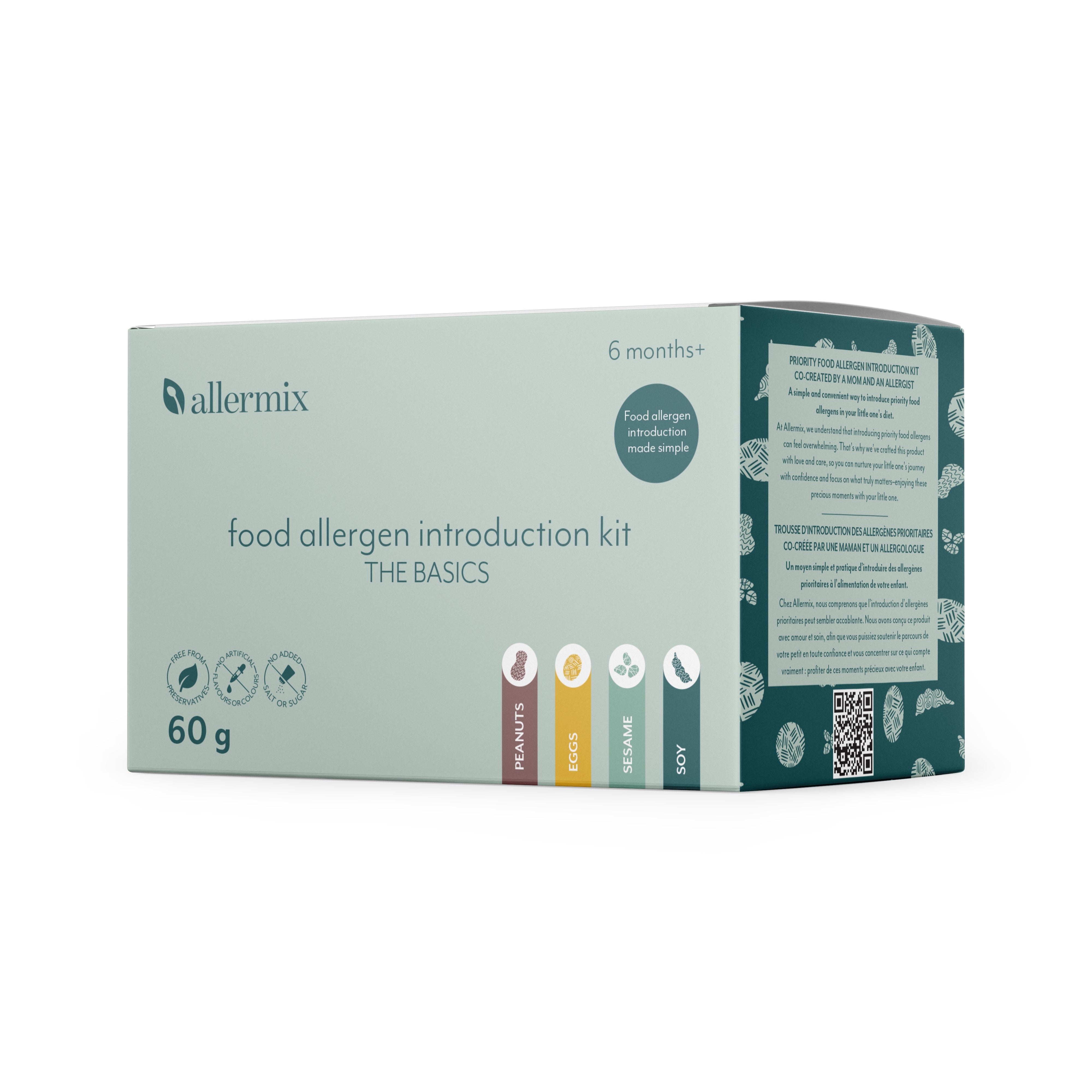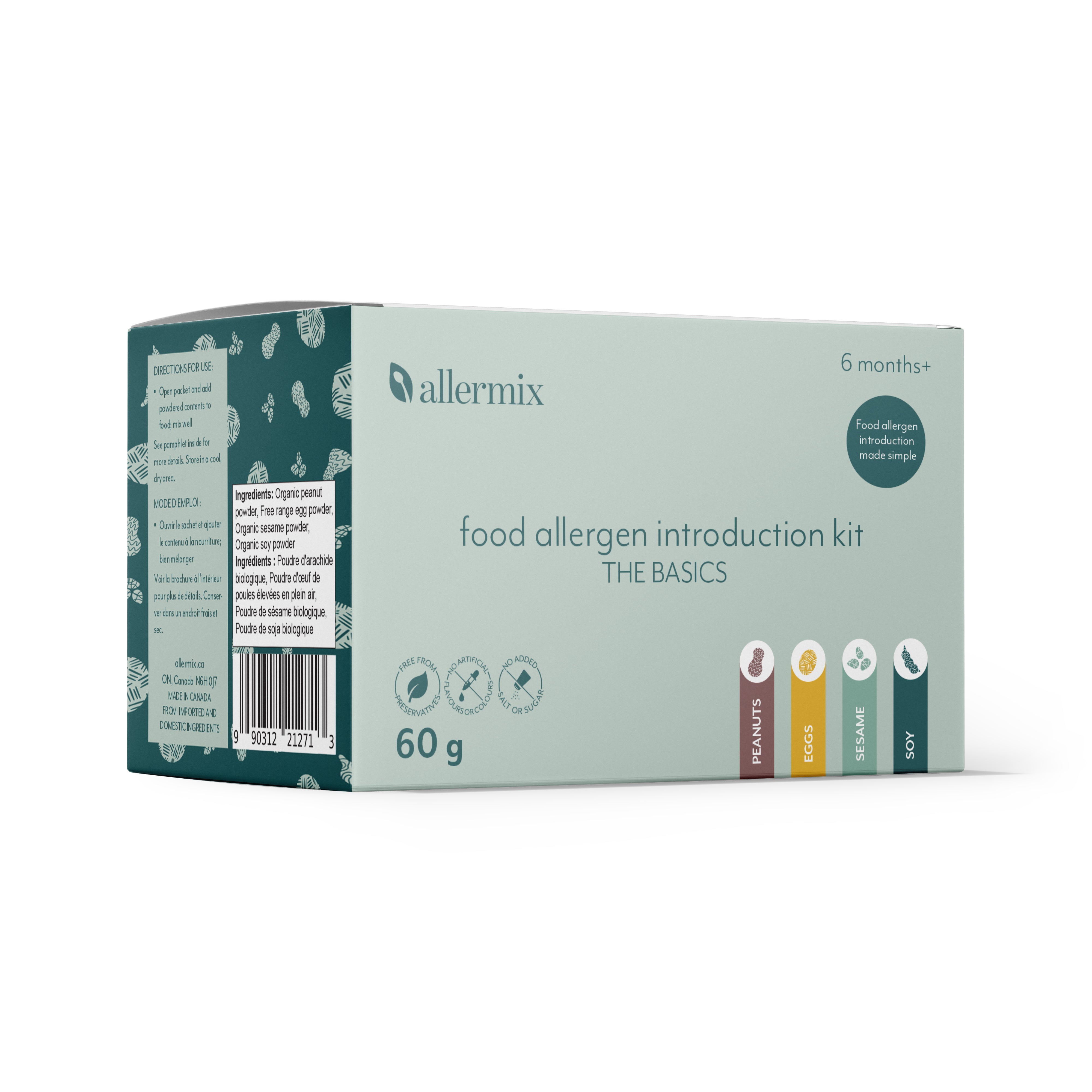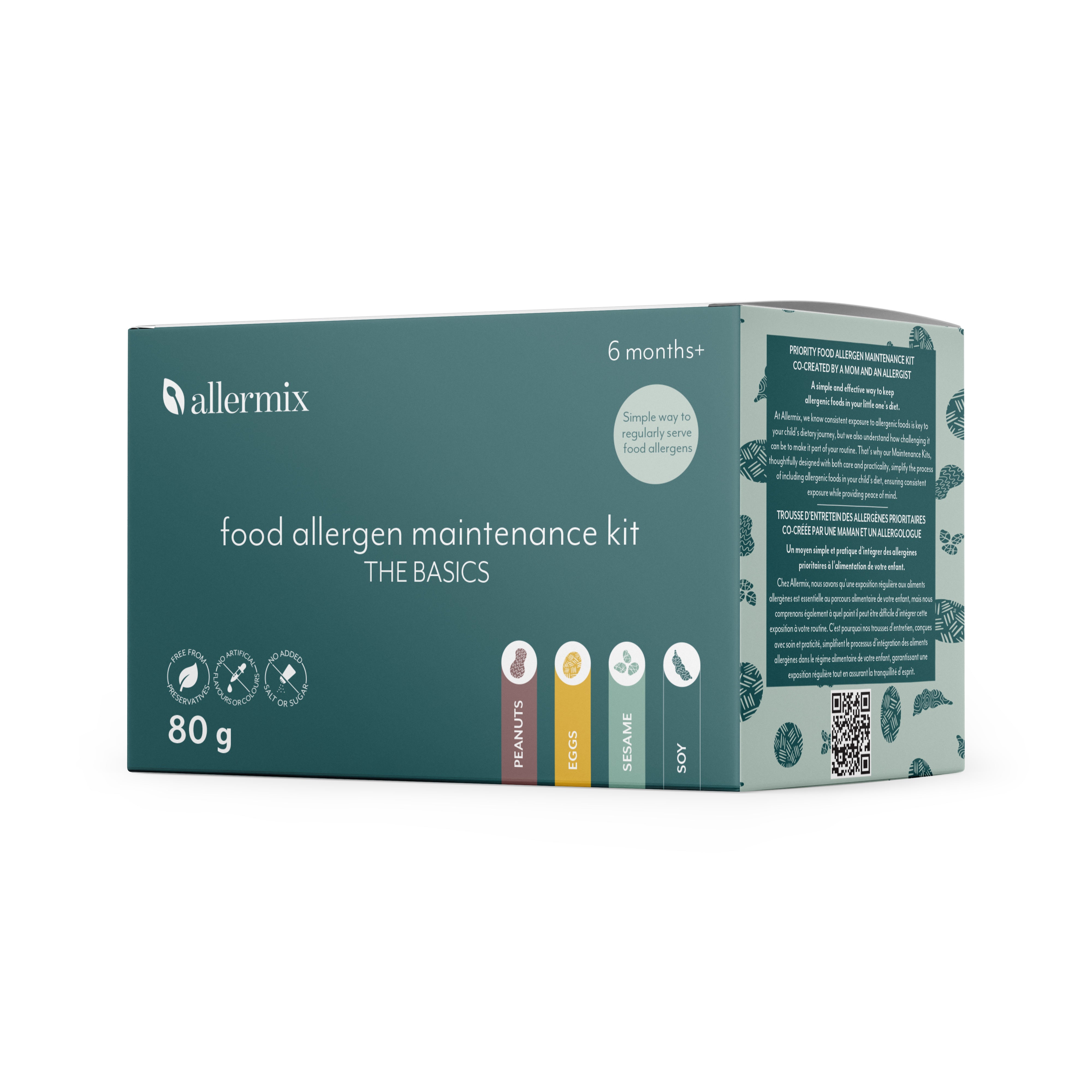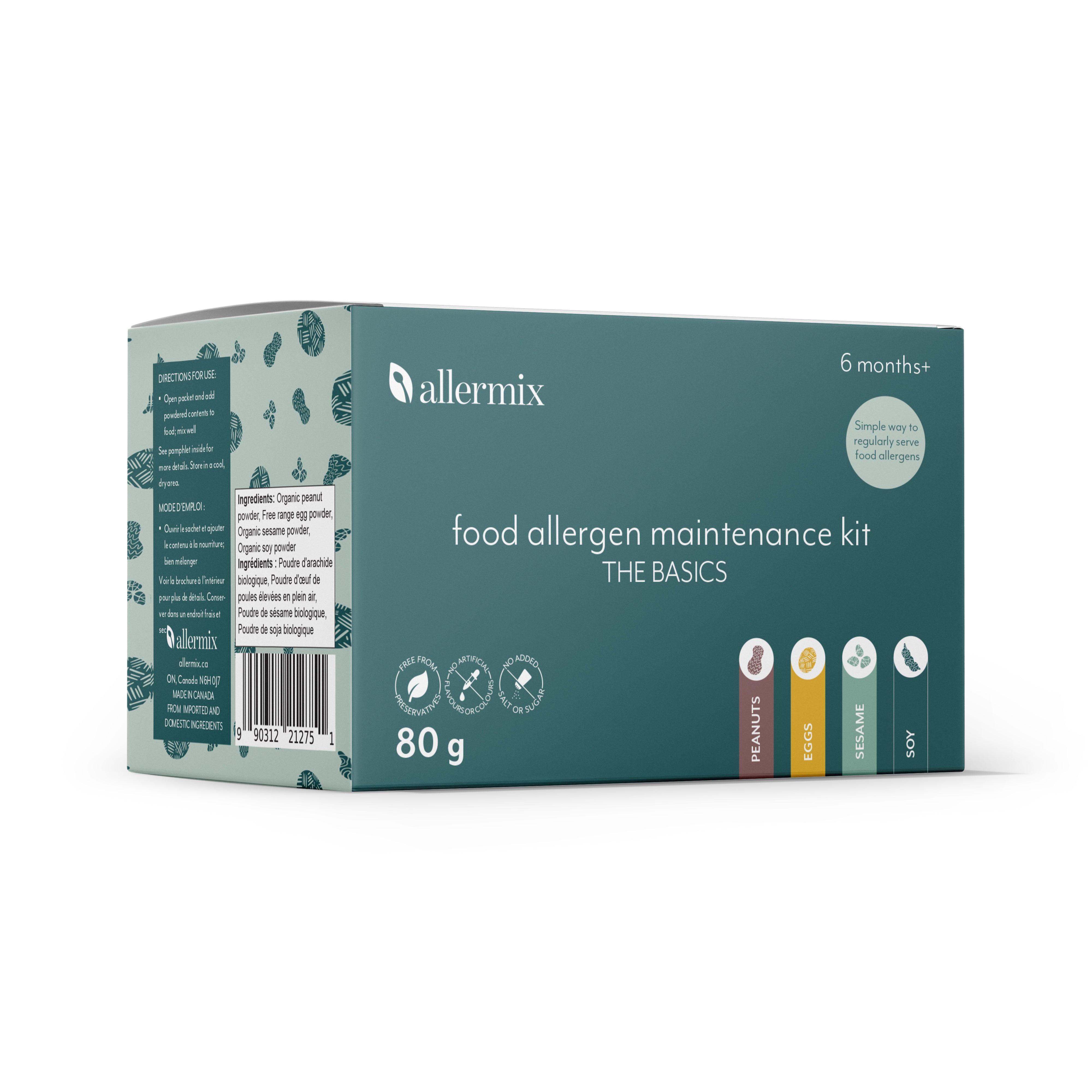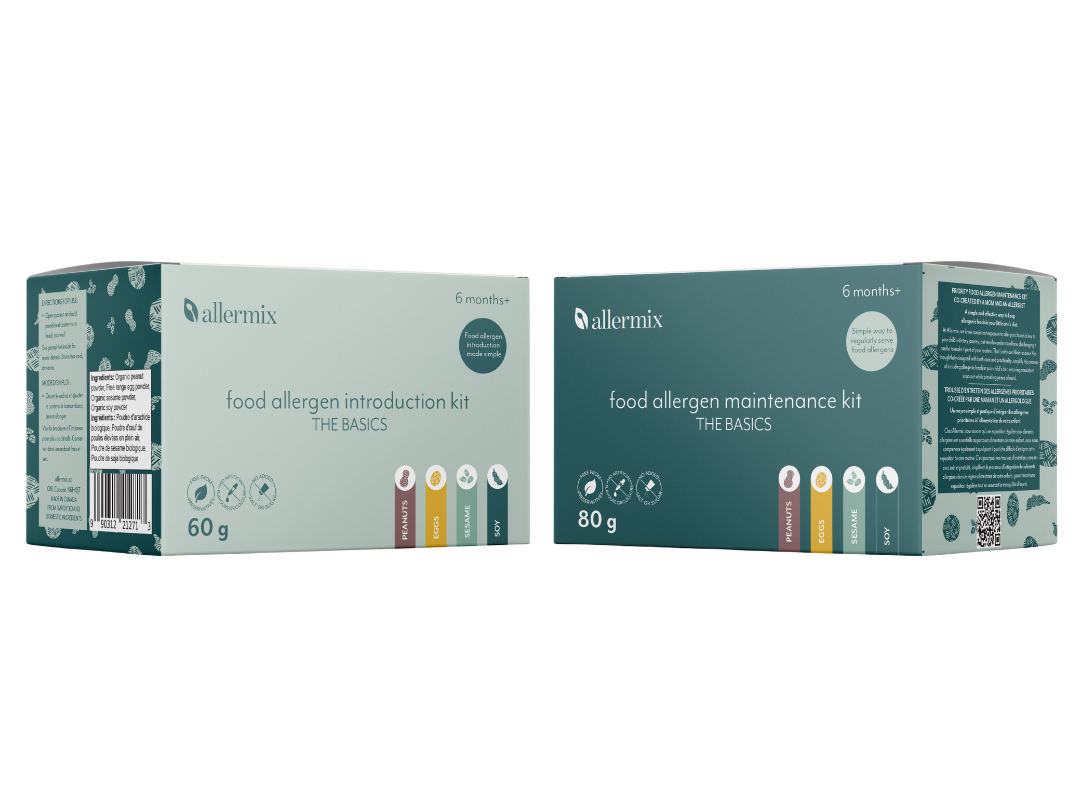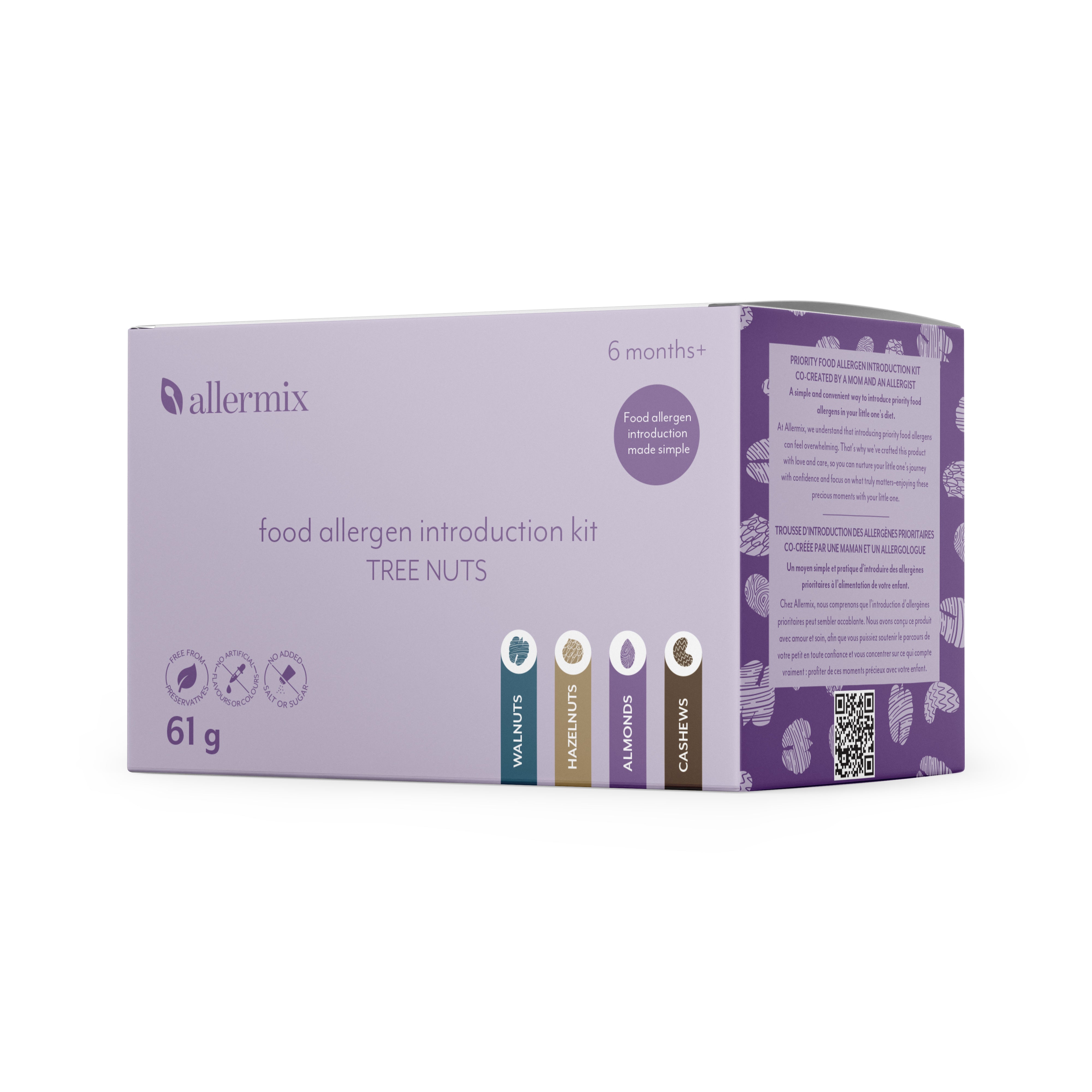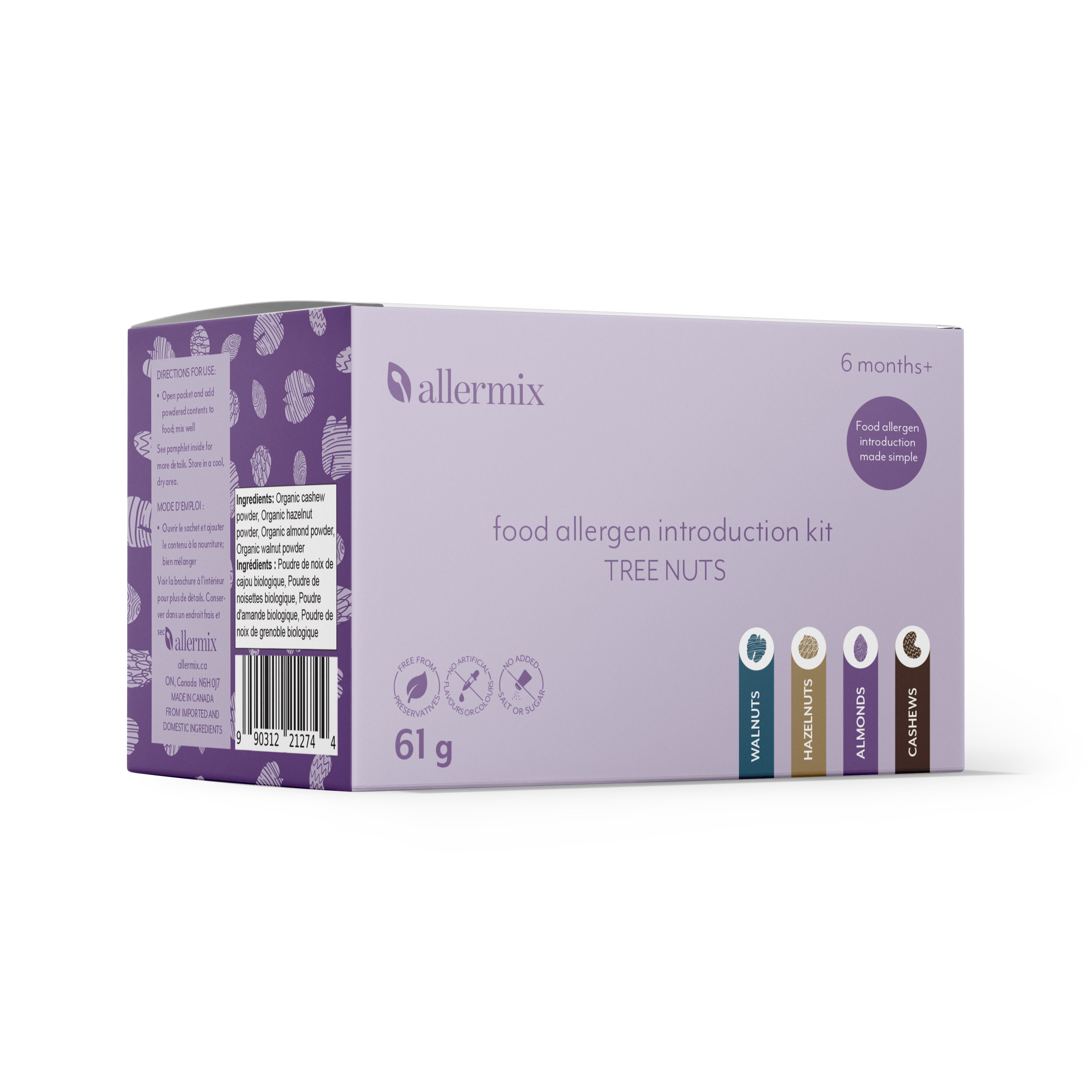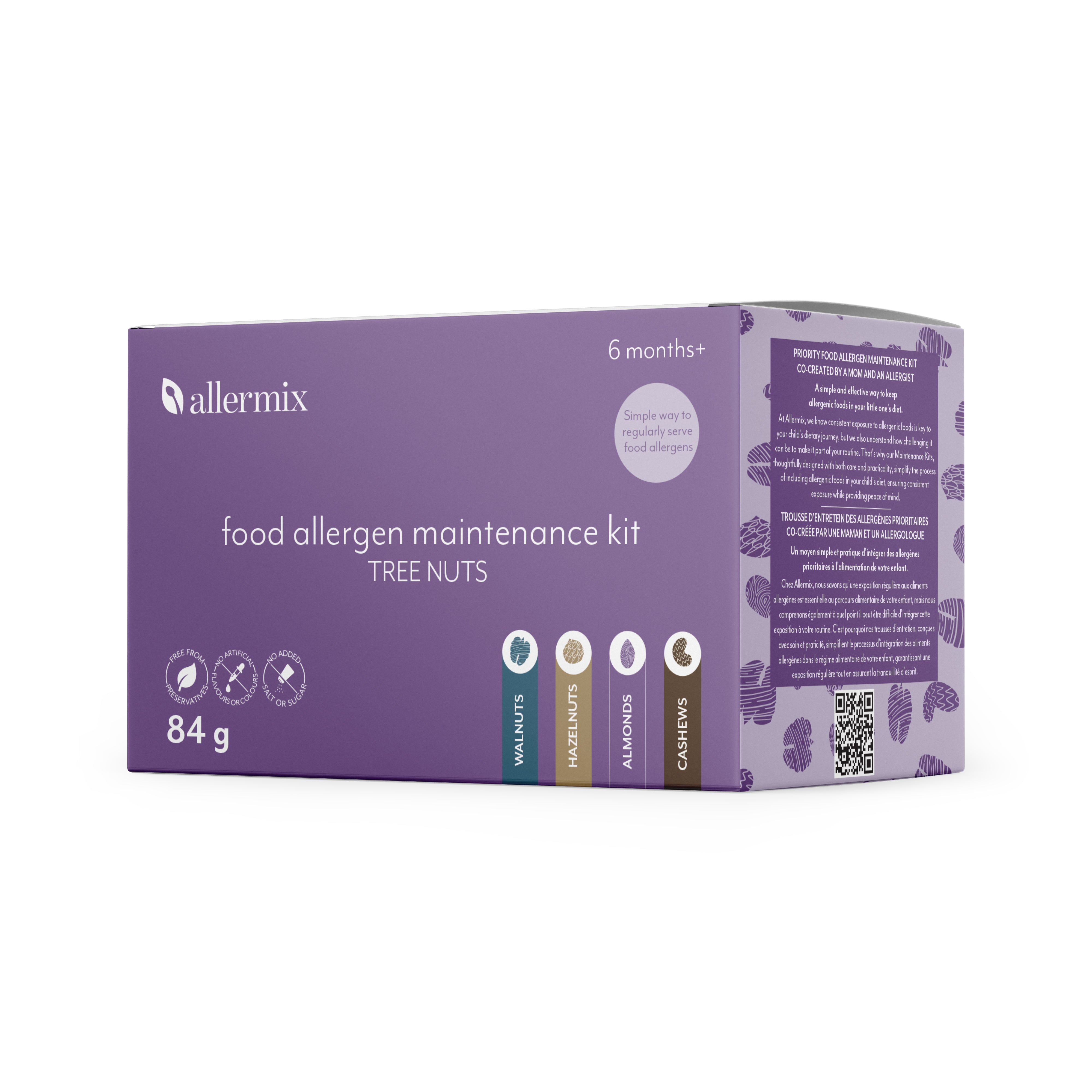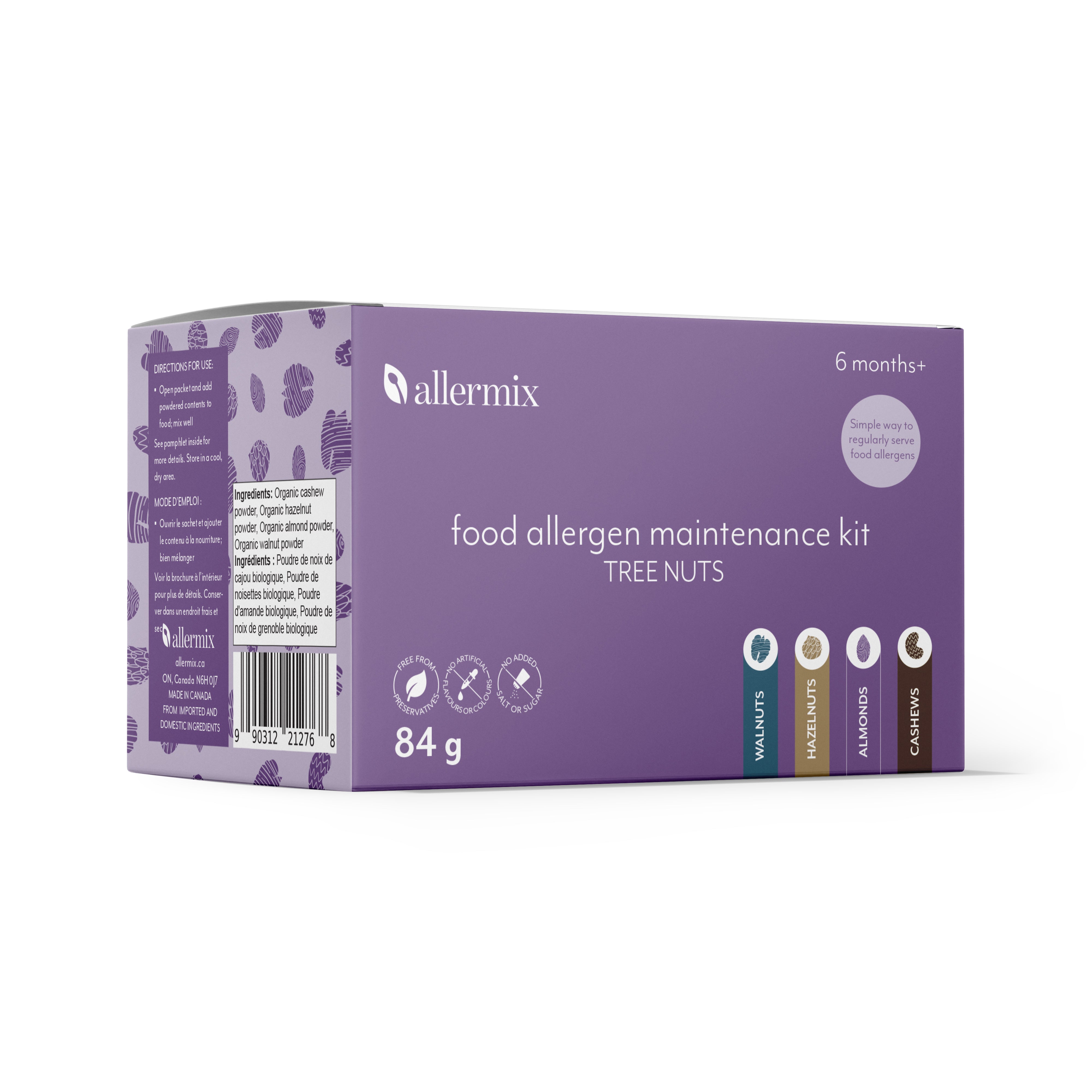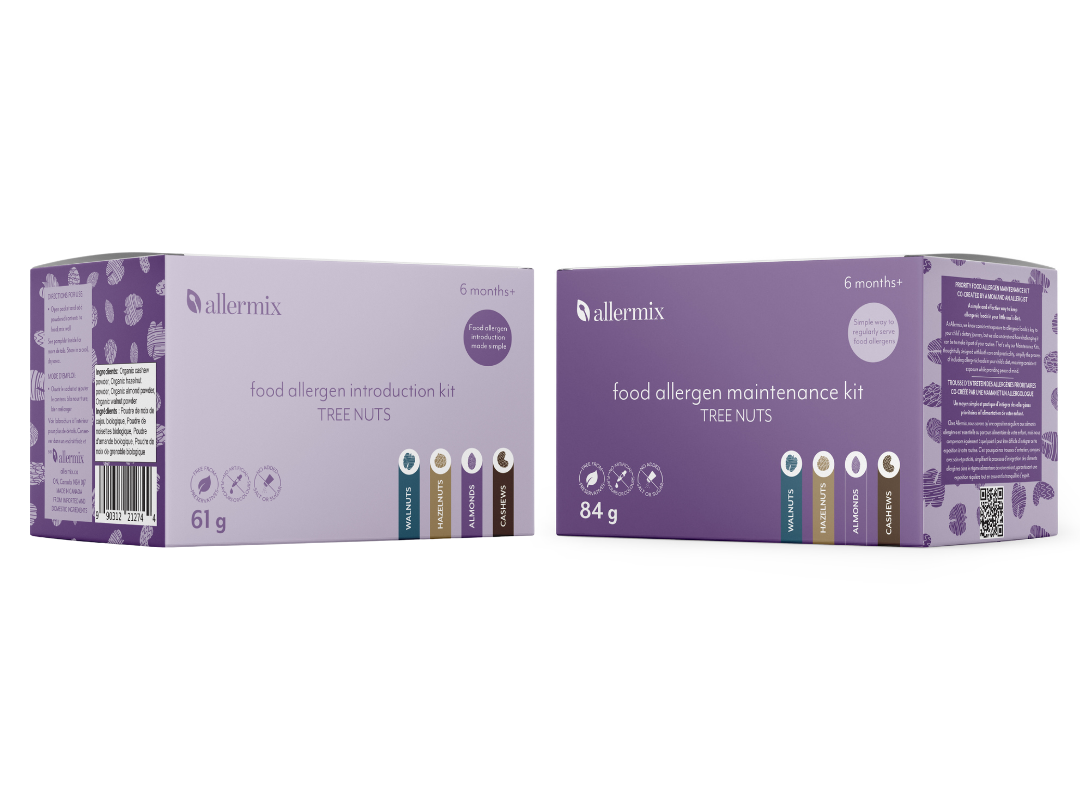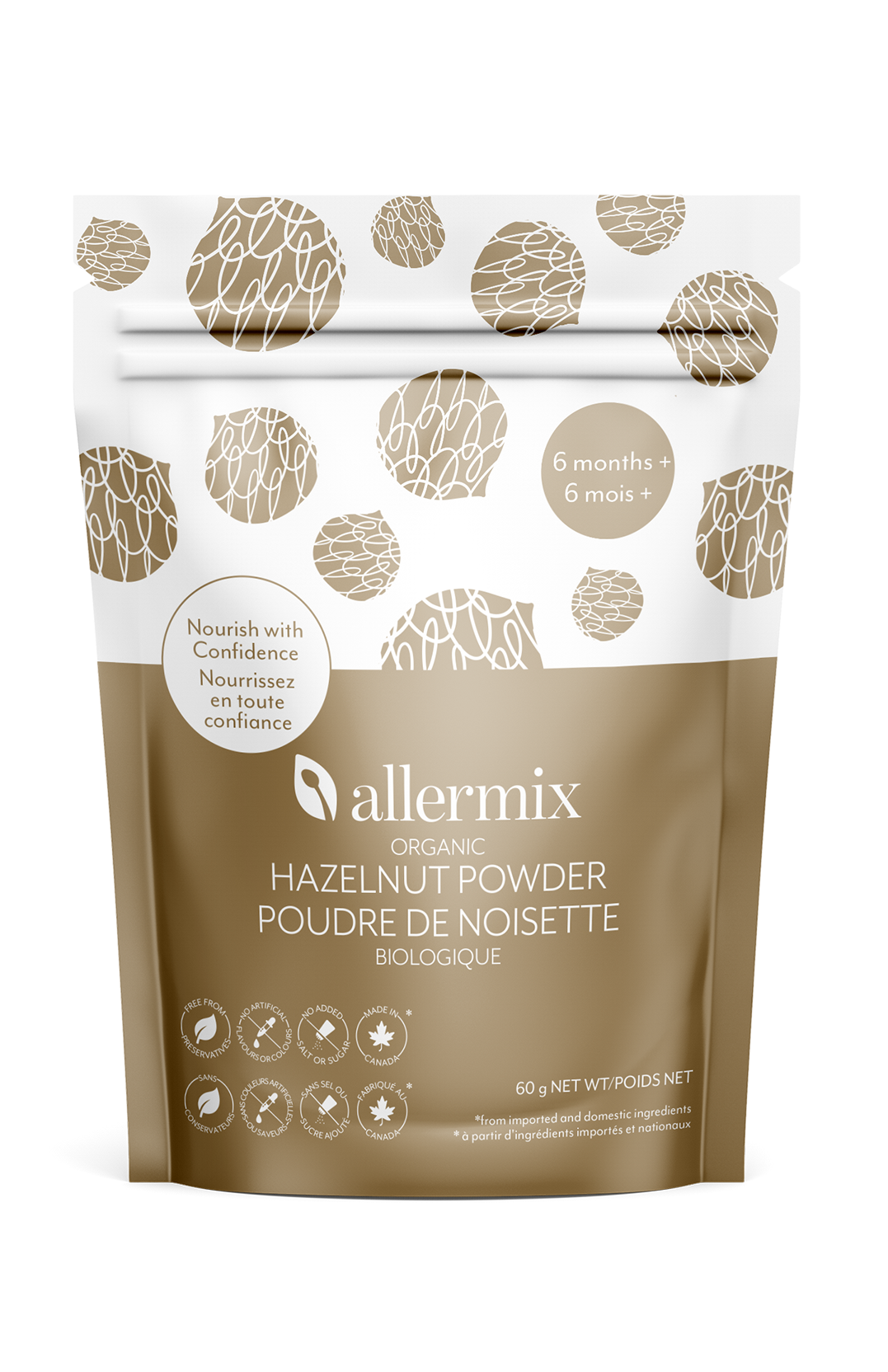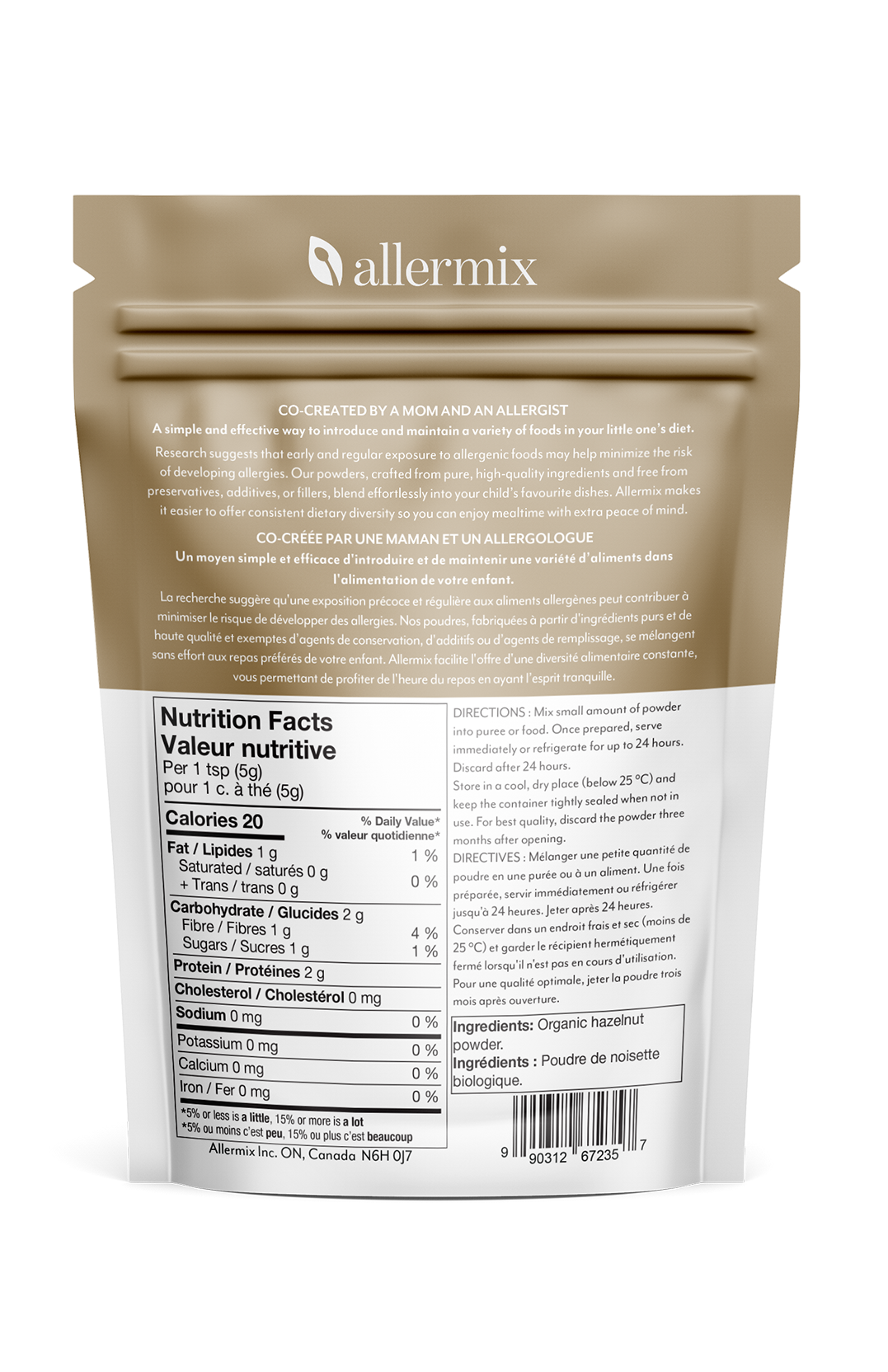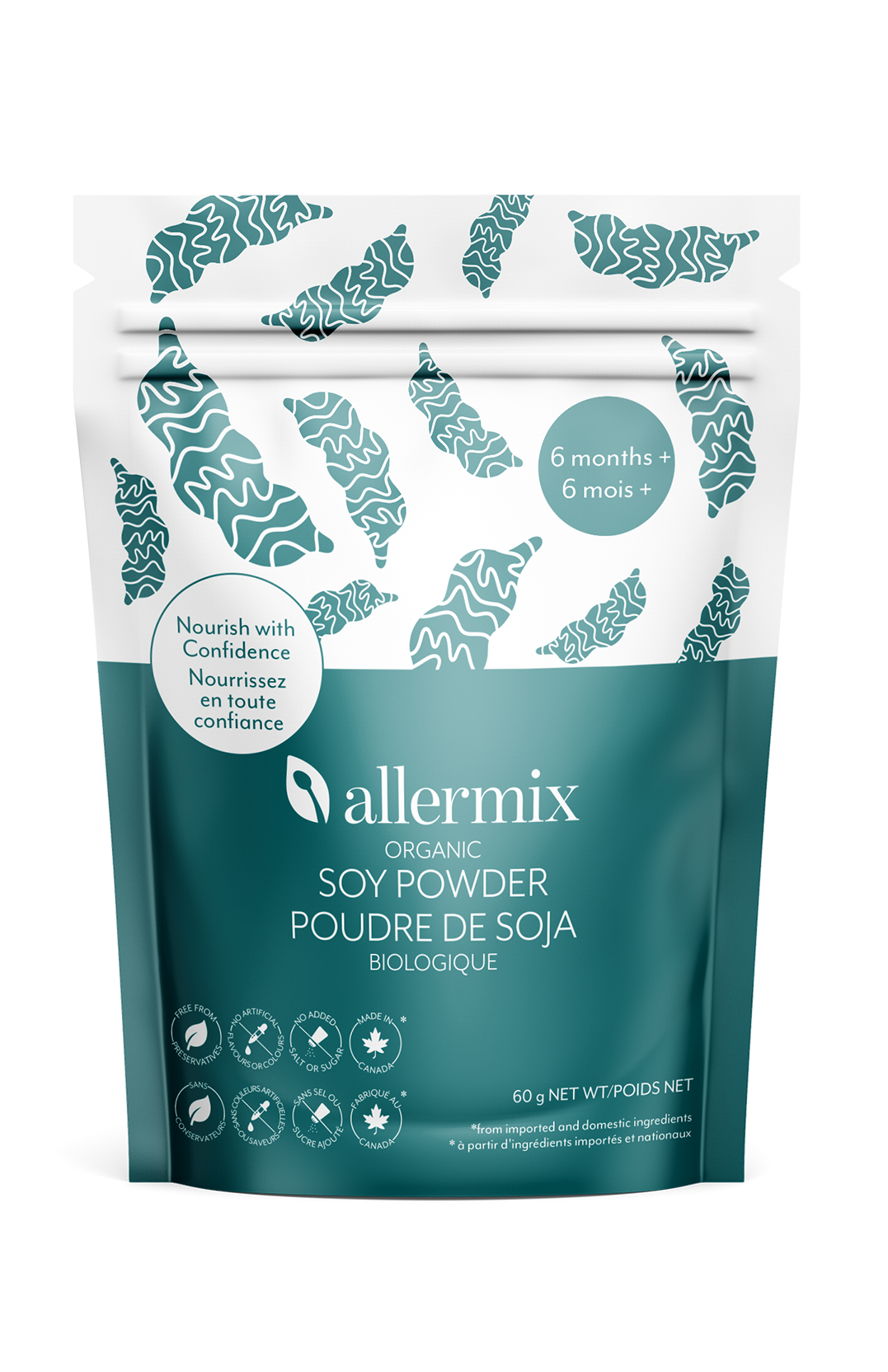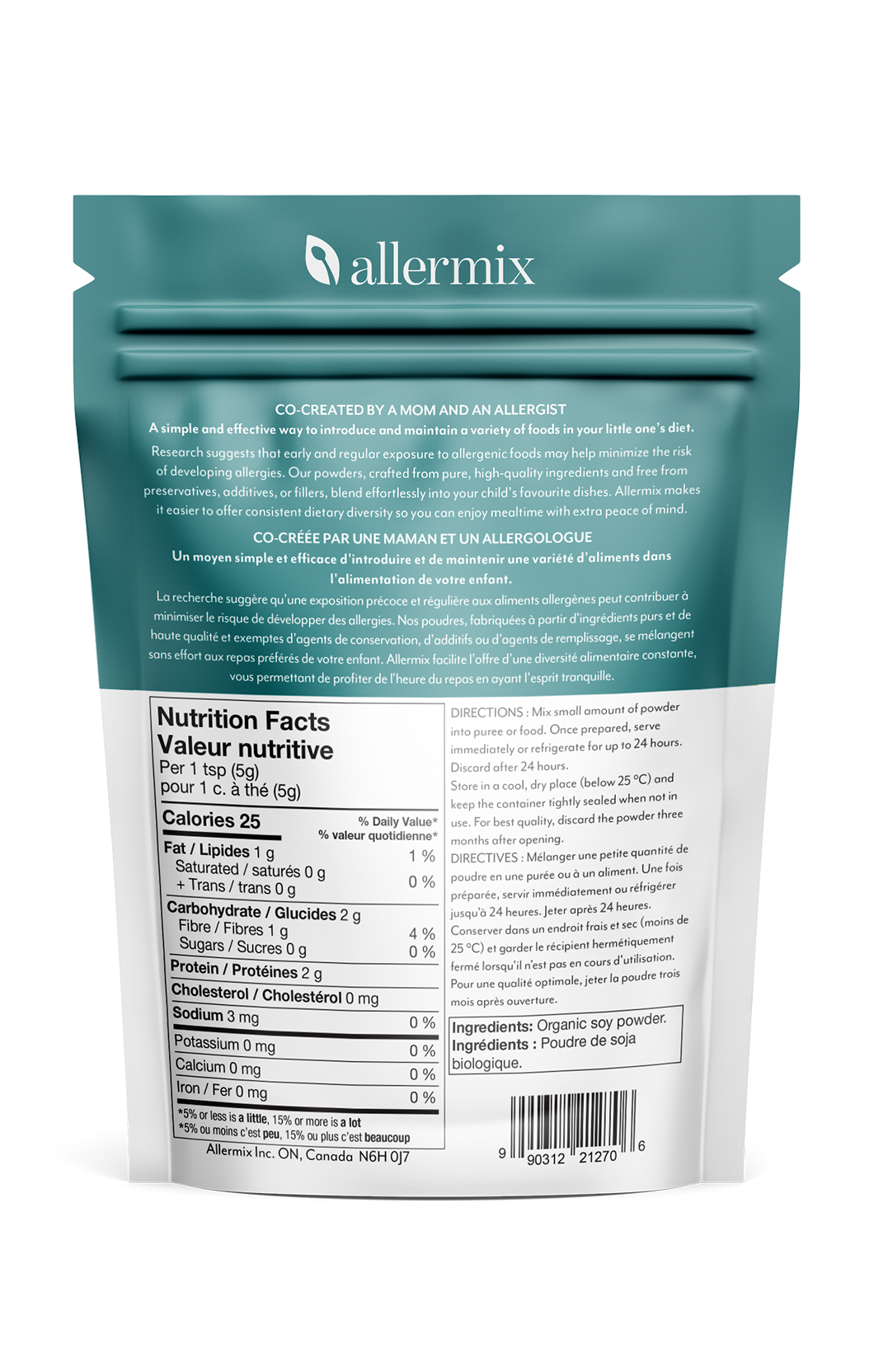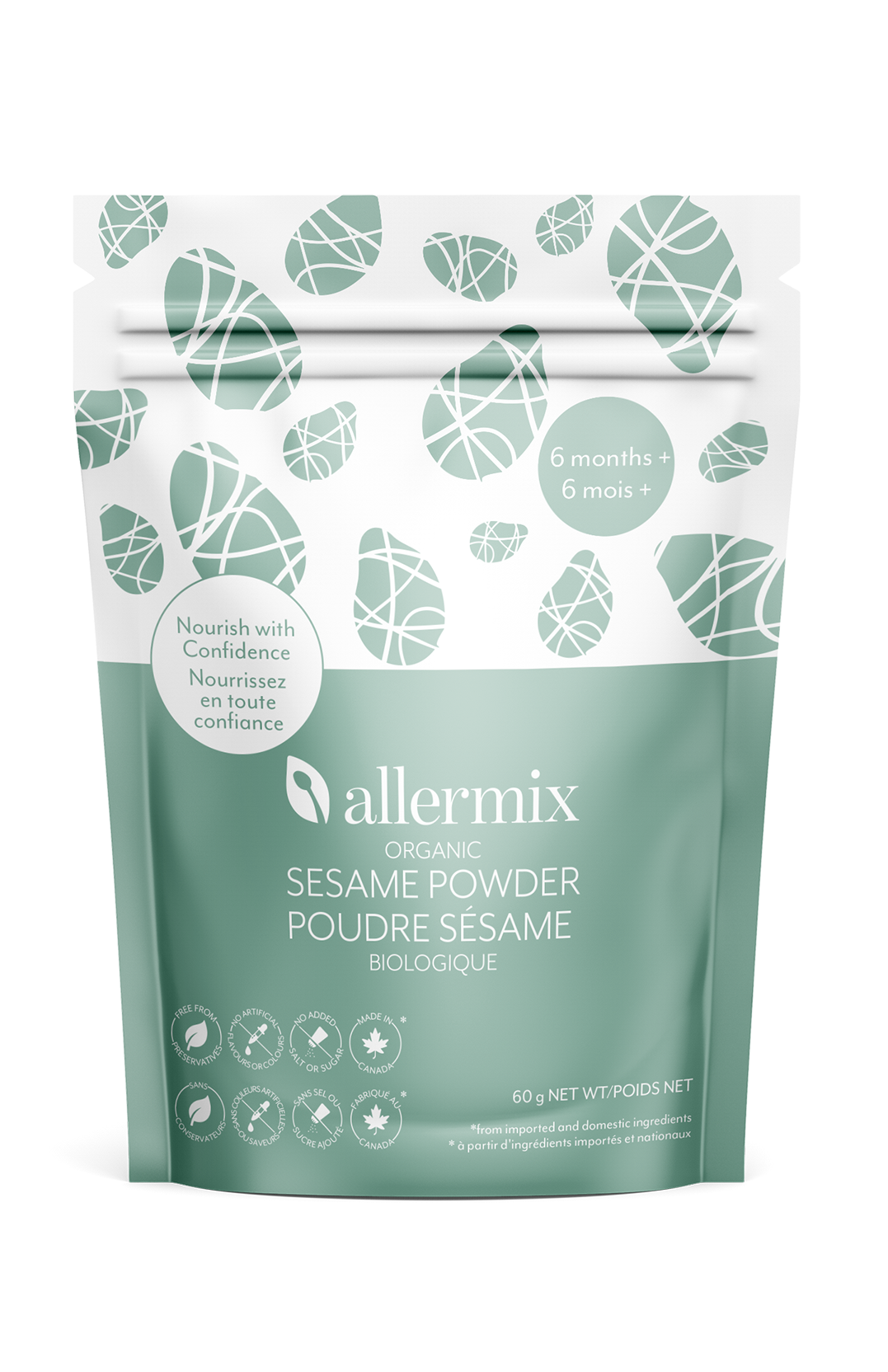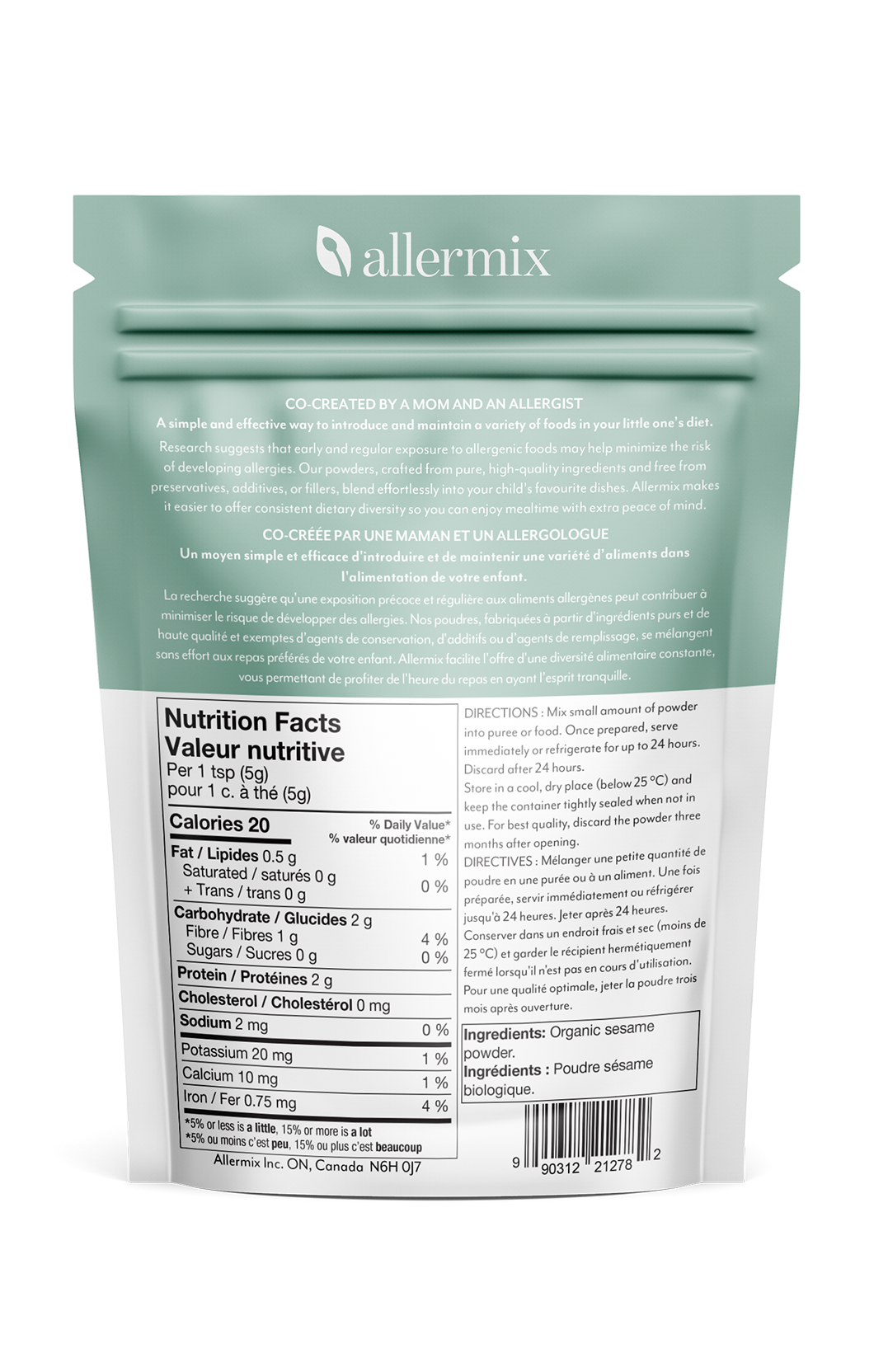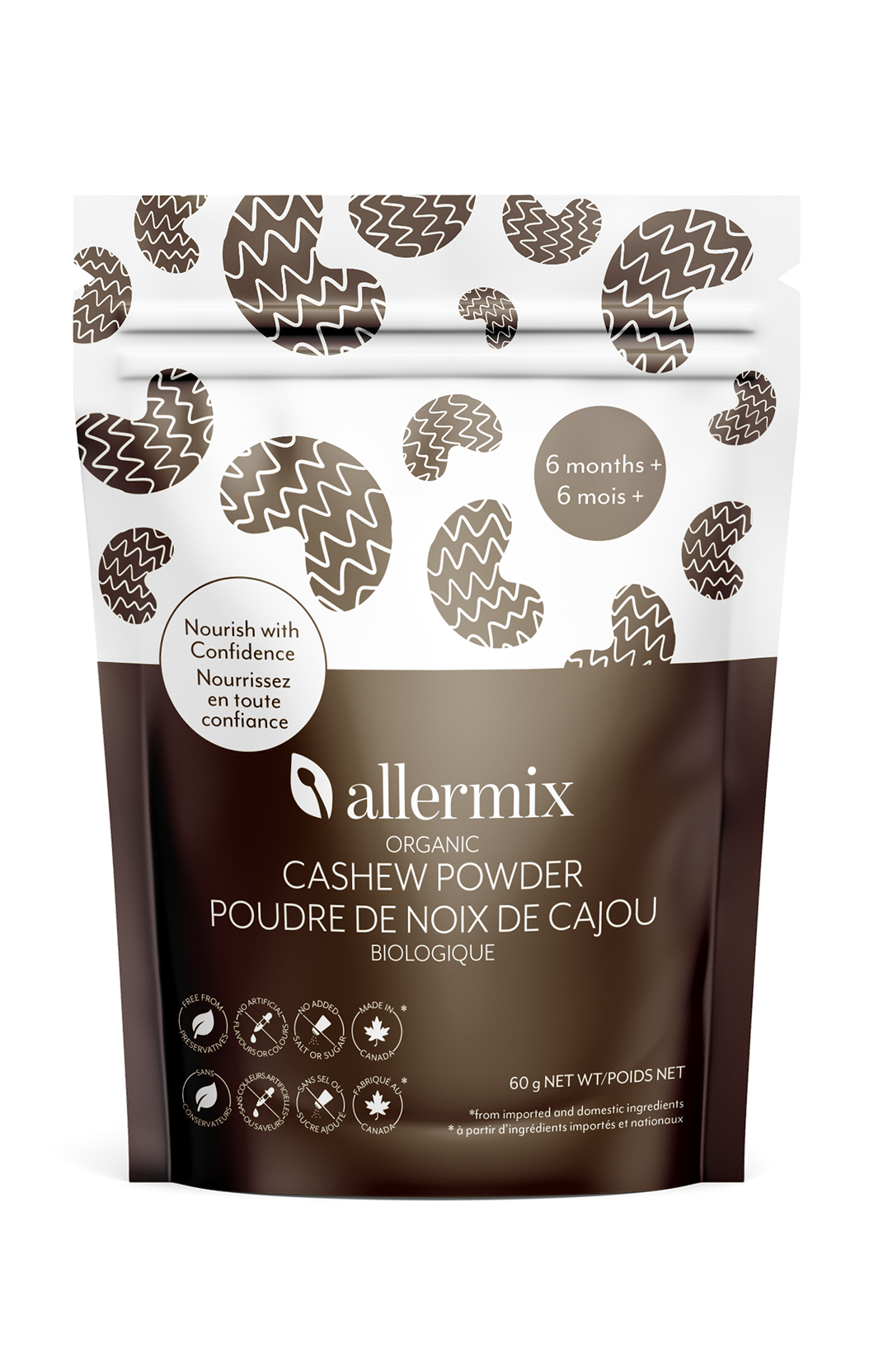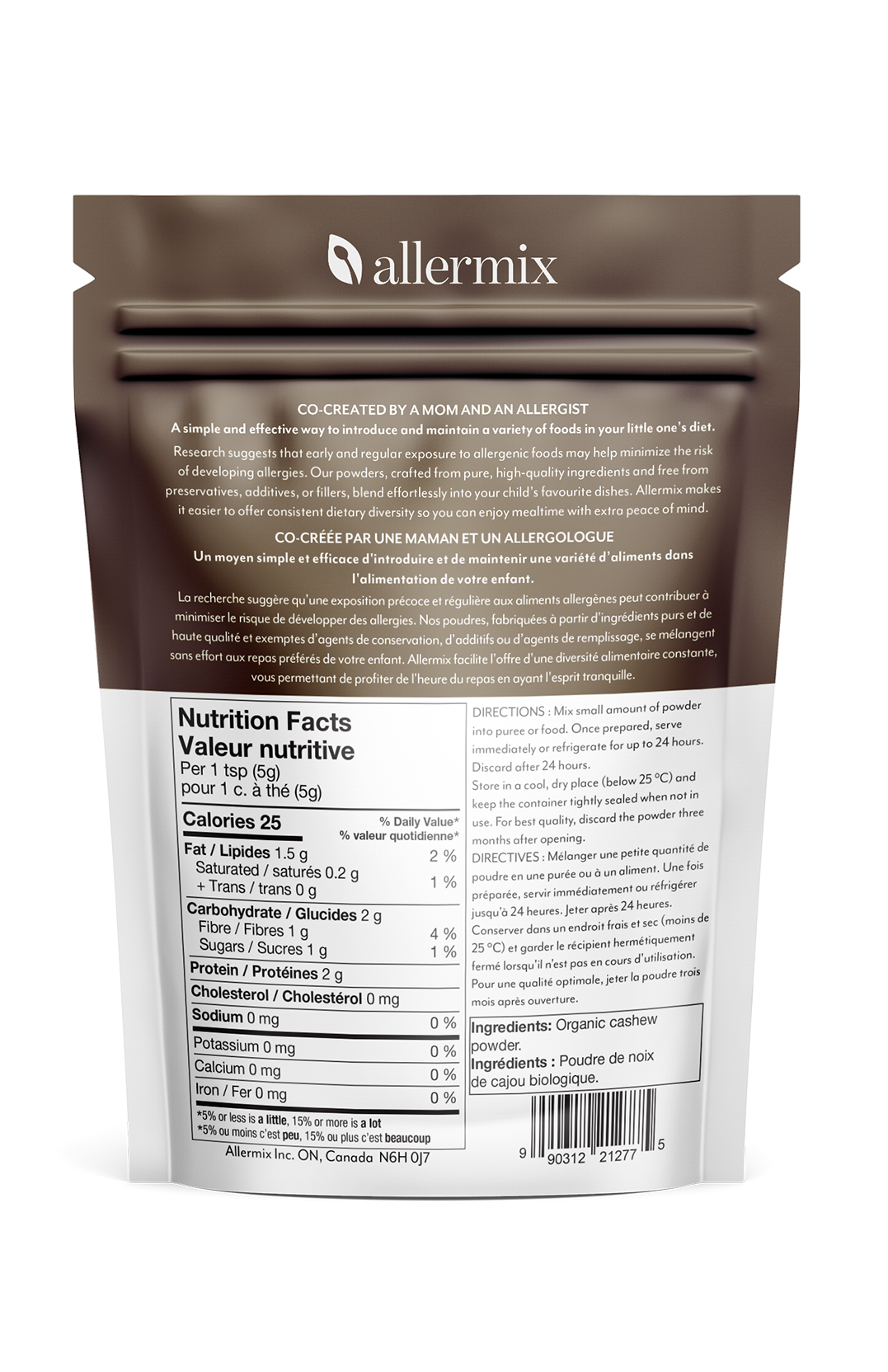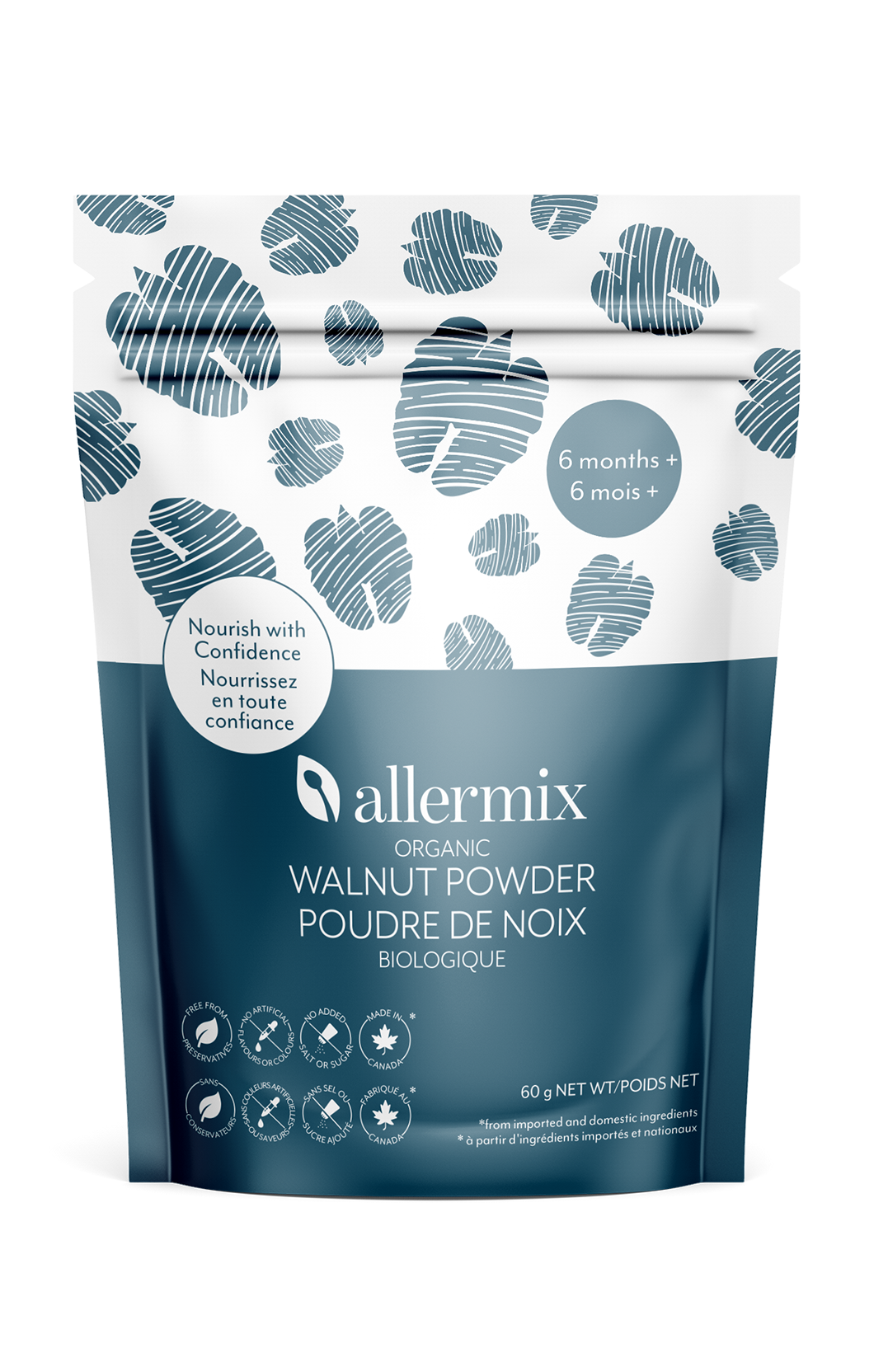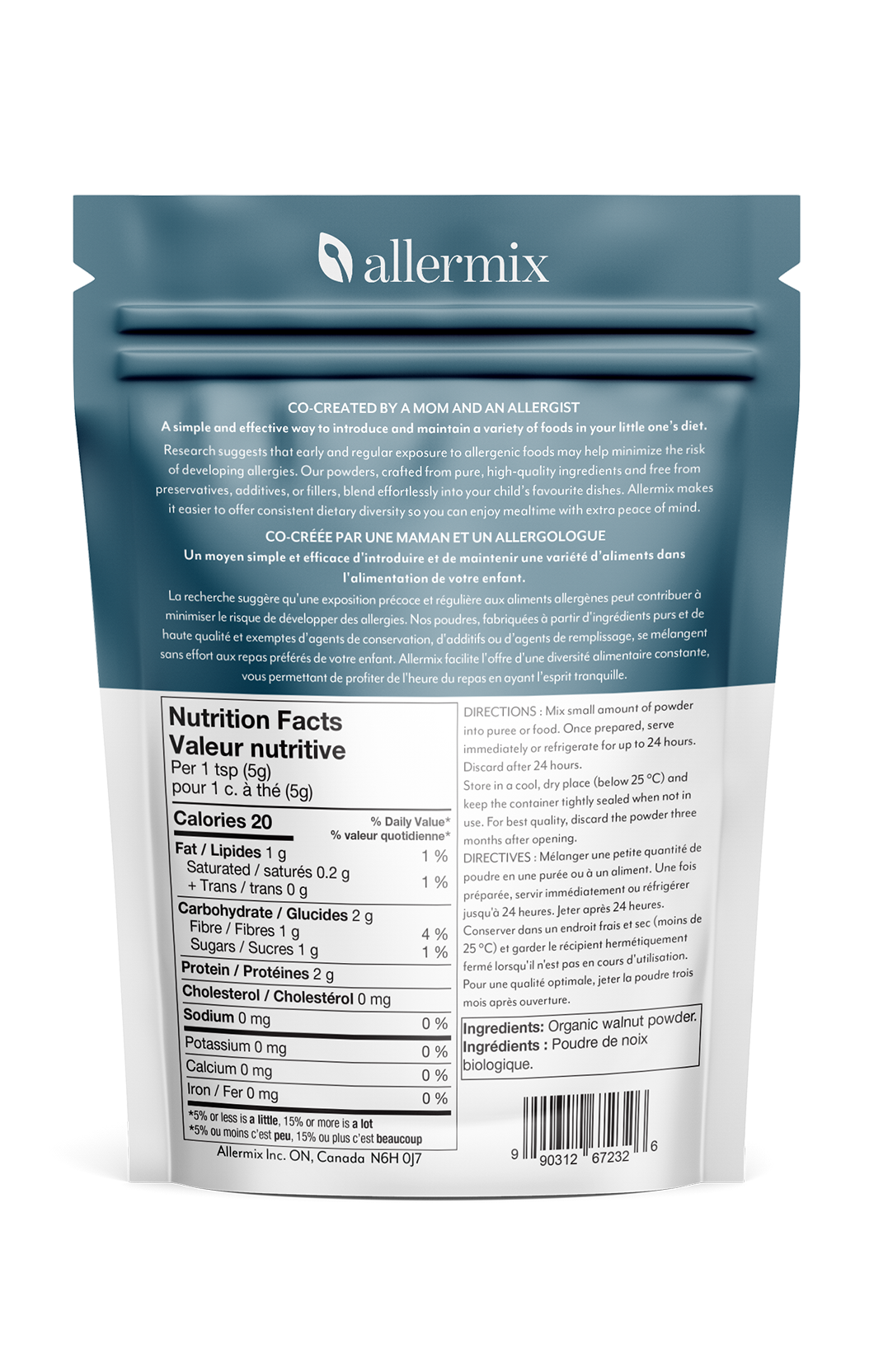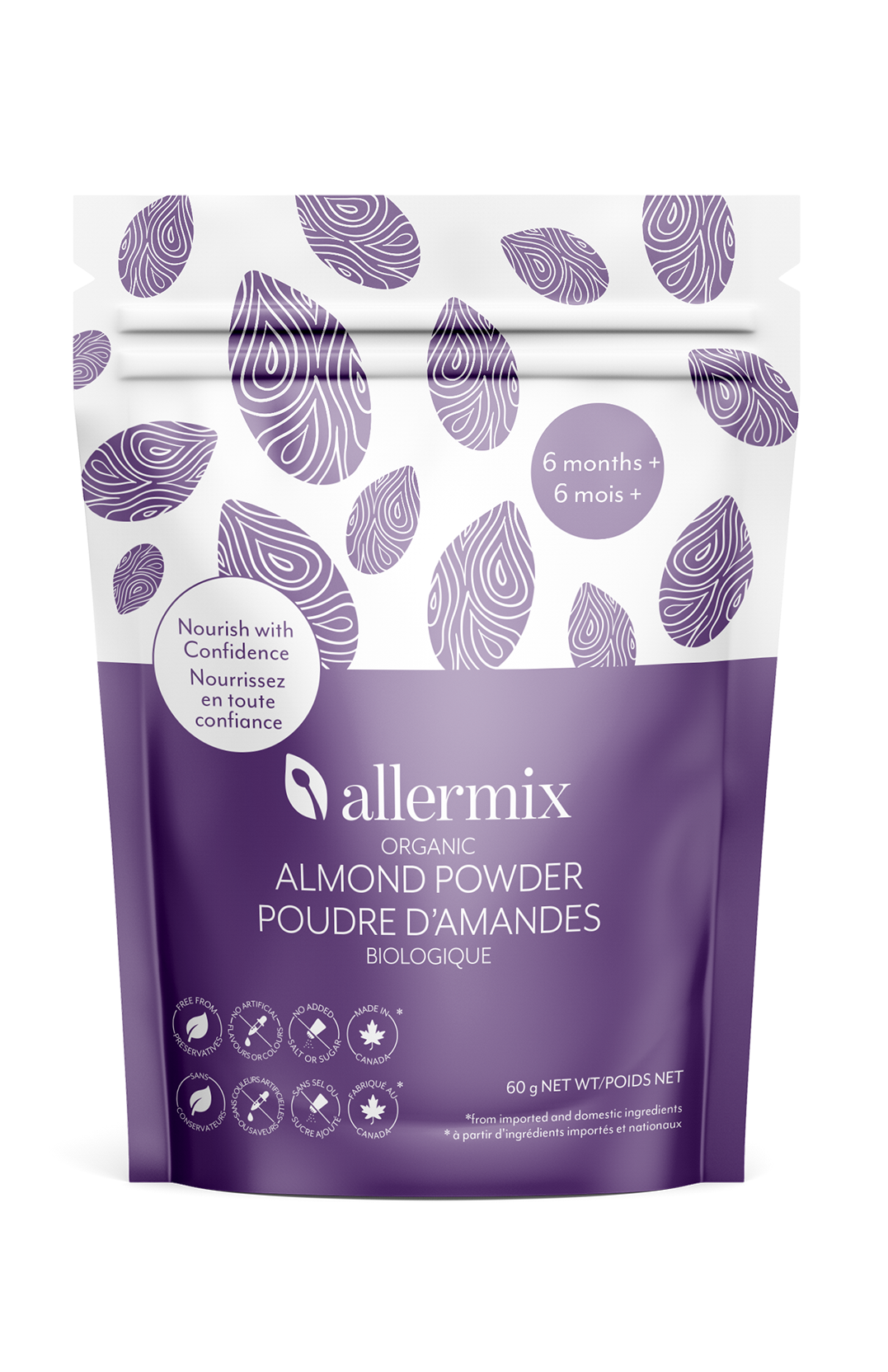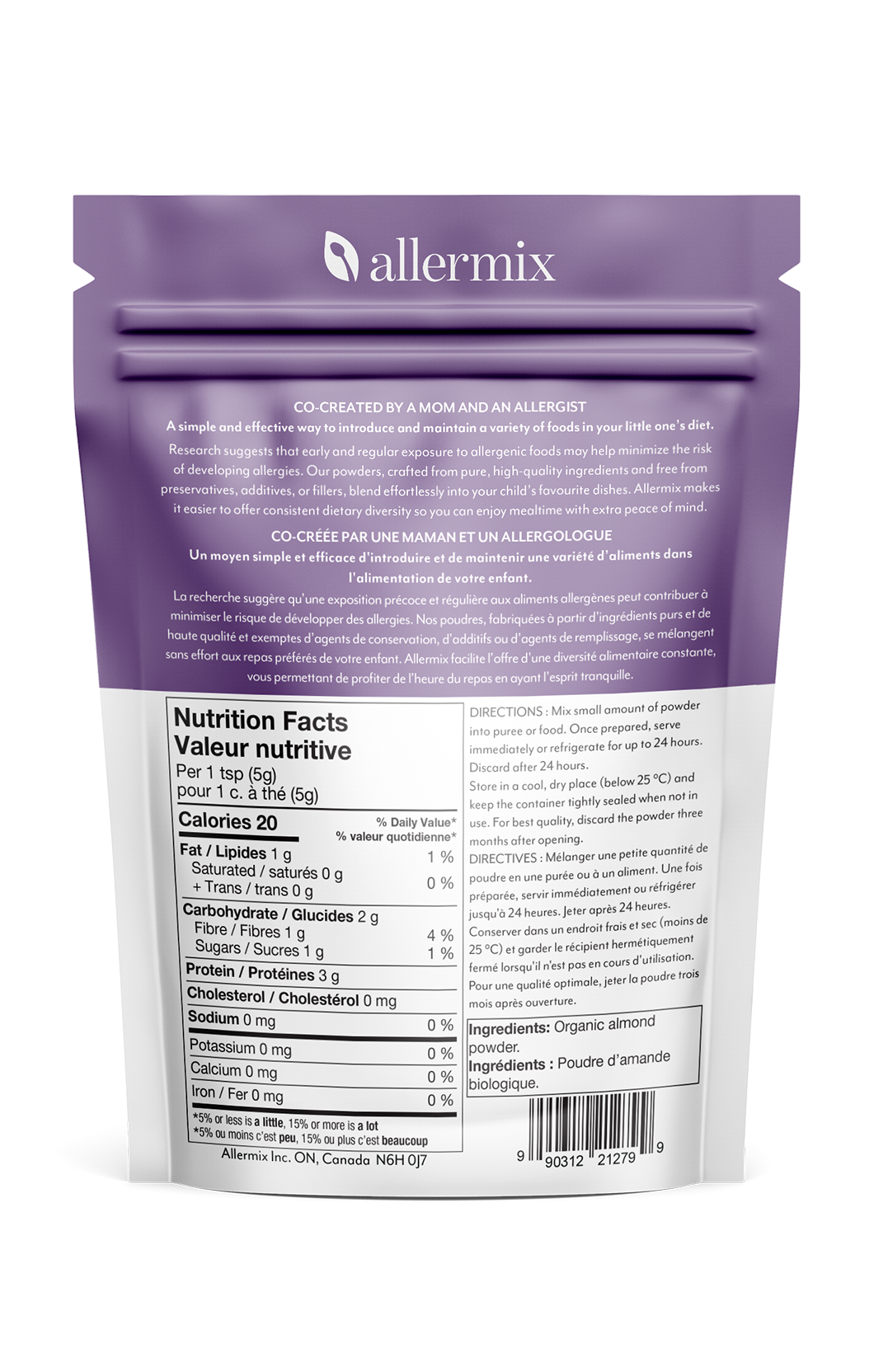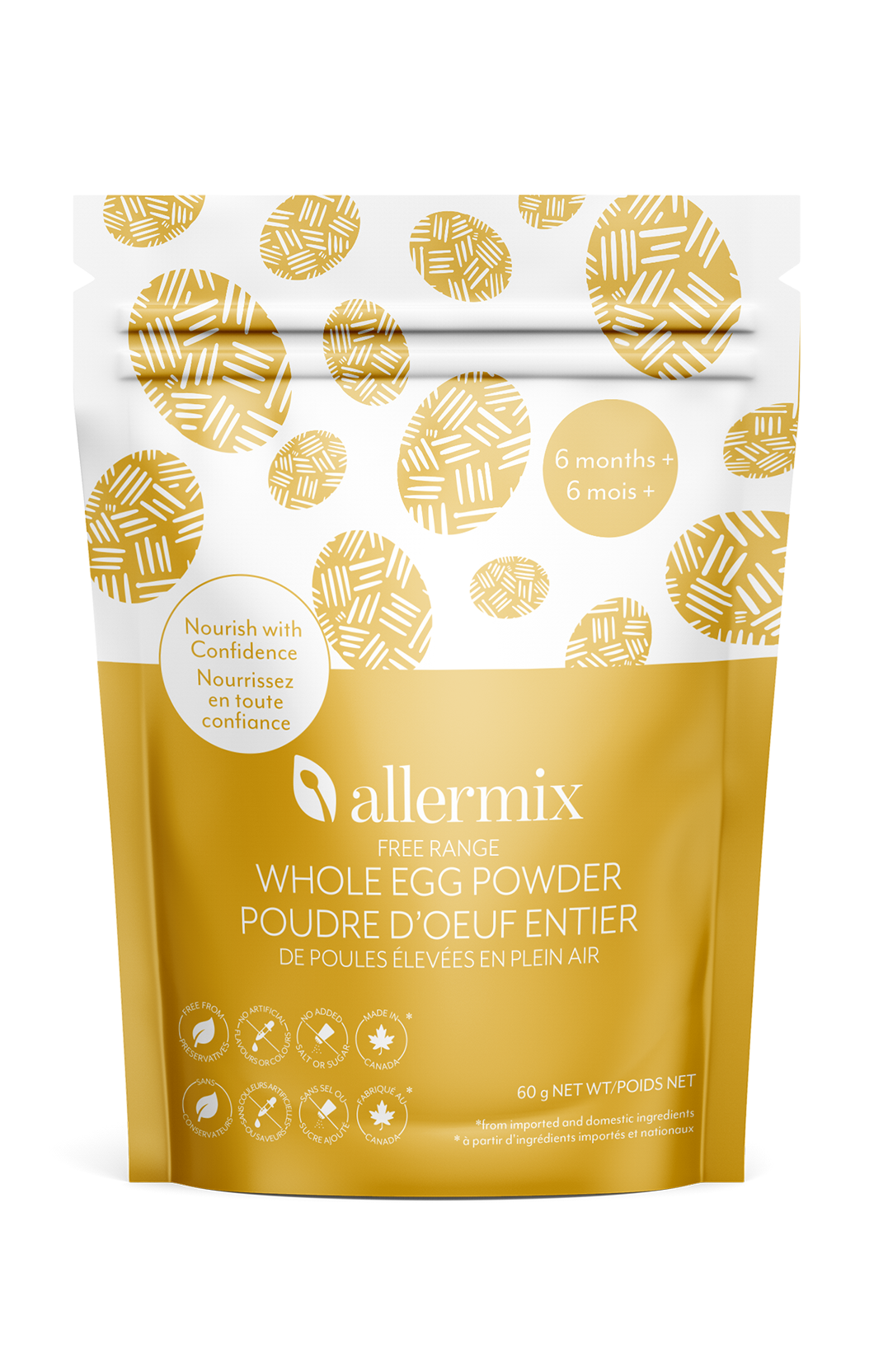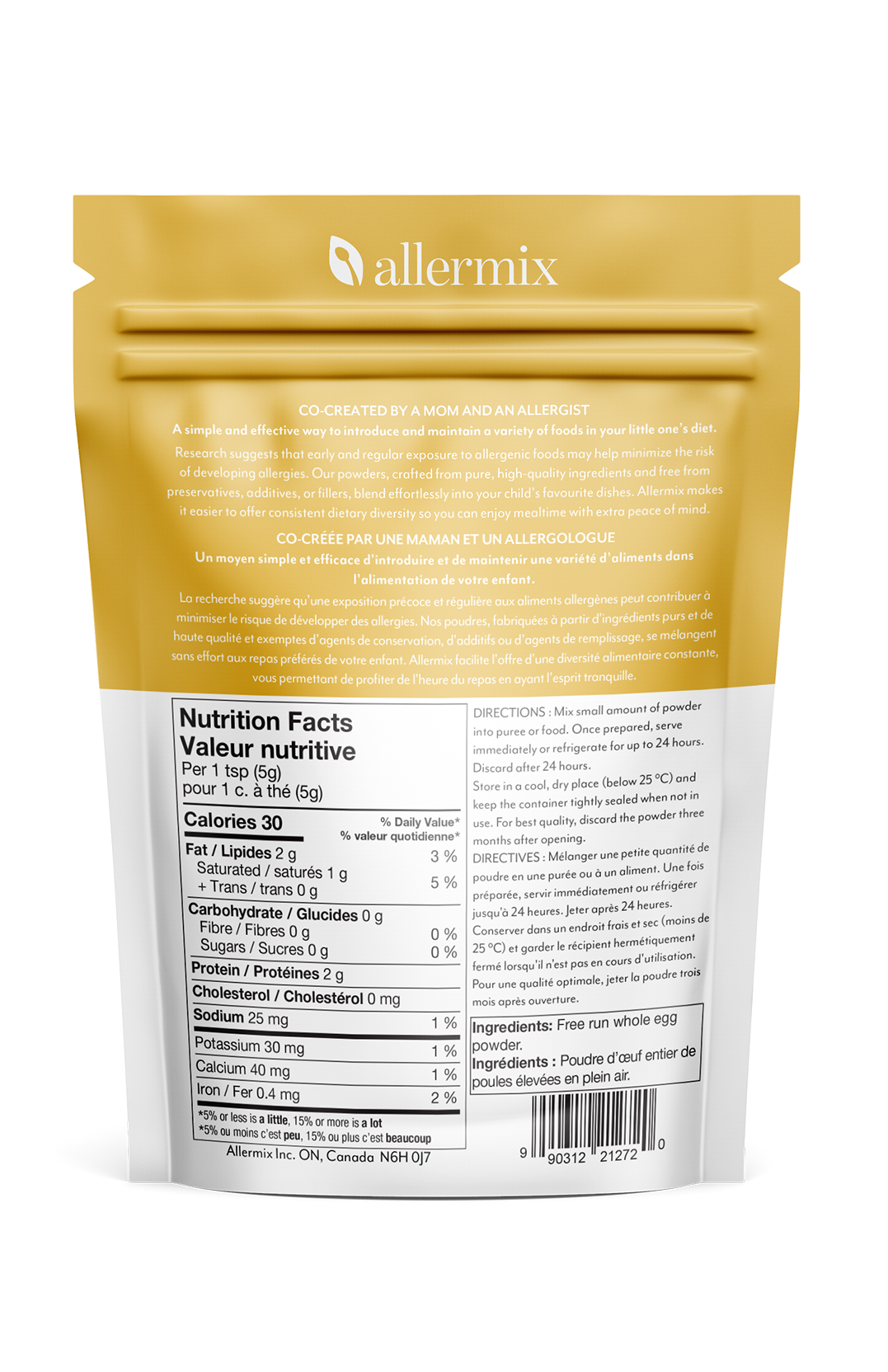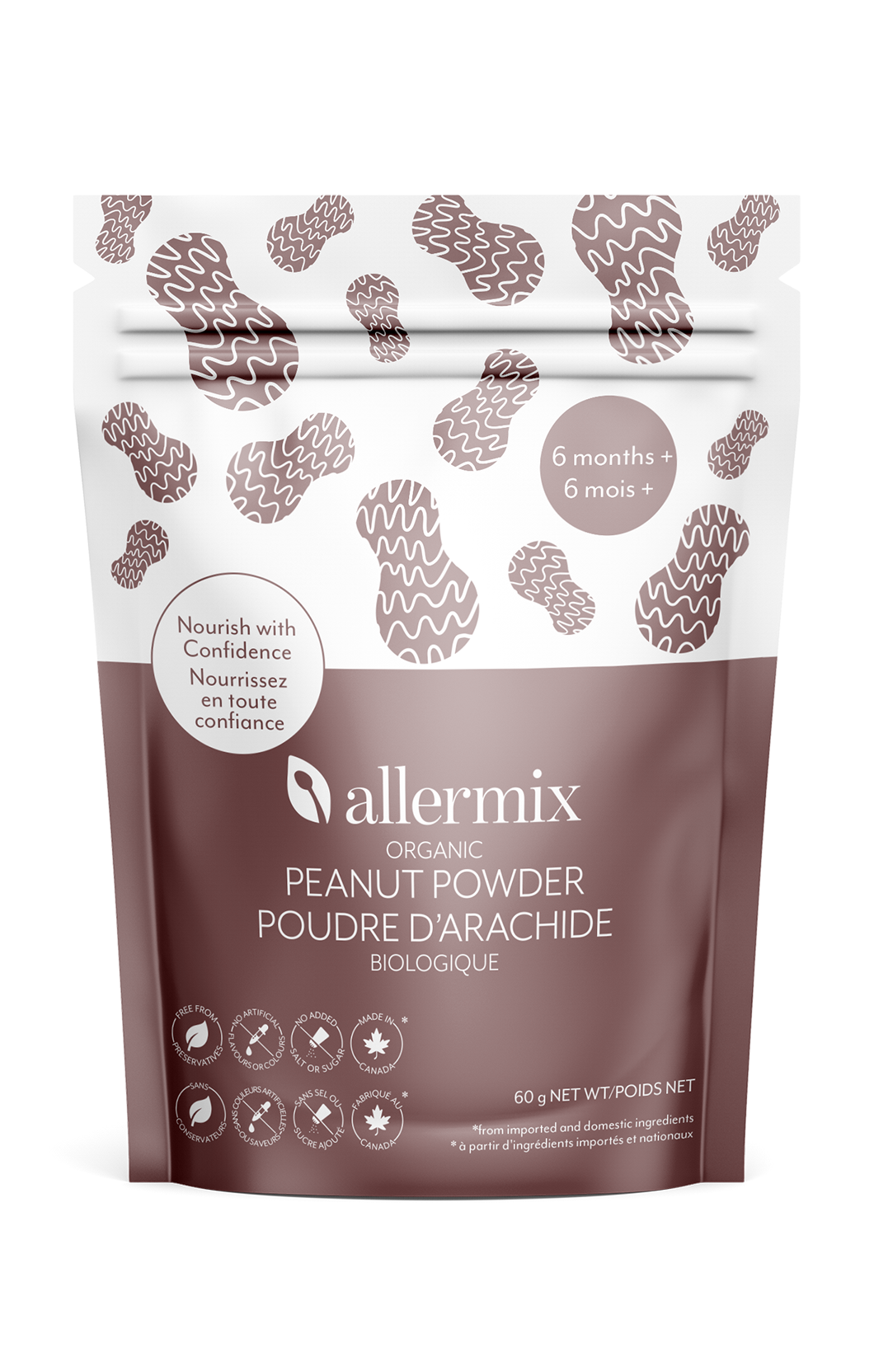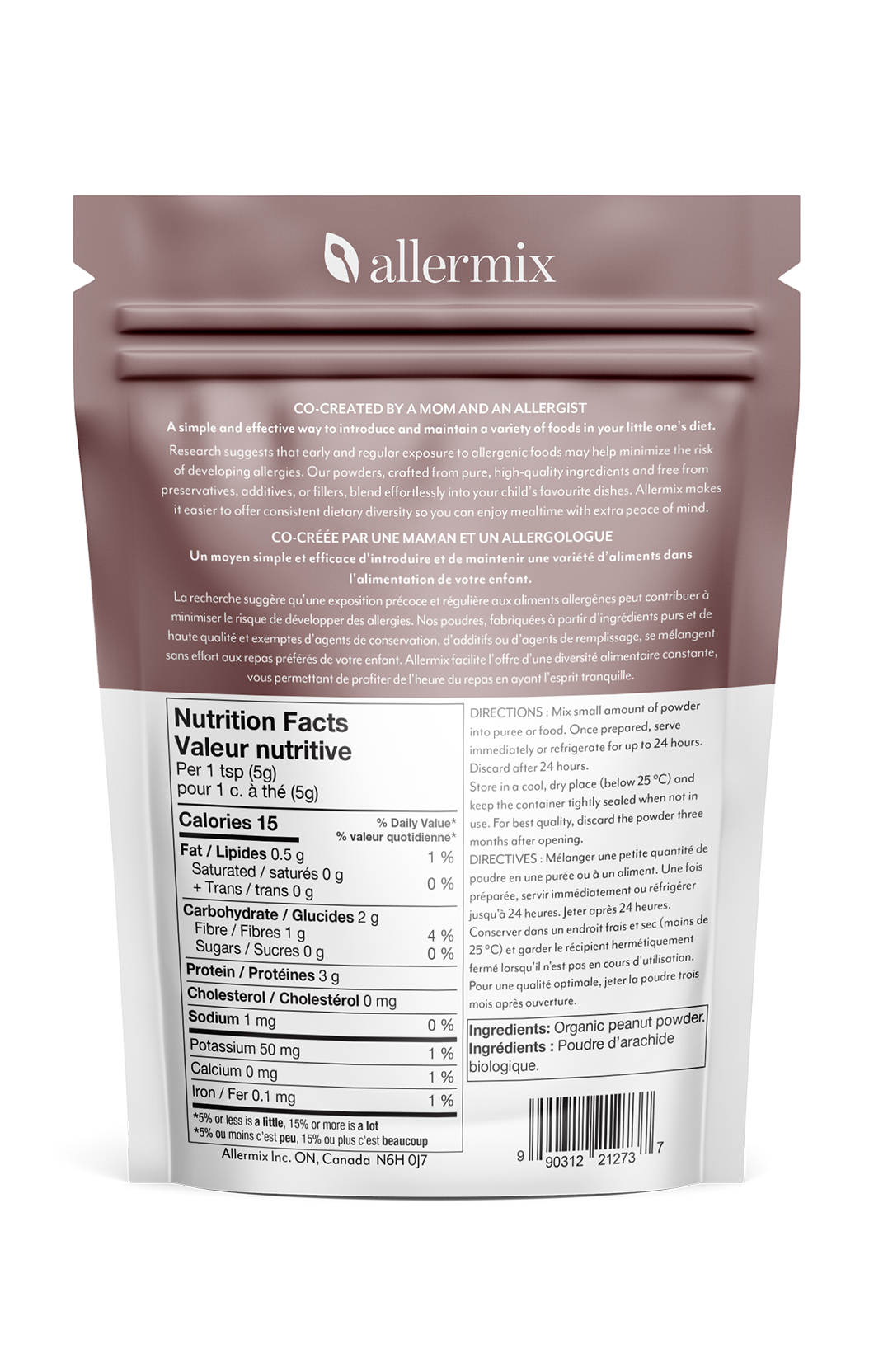
How to Introduce Peanut to Babies: A Step-by-Step Guide for Parents

How to Introduce Peanut to Babies: A Step-by-Step Guide for Parents
Introducing common food allergens like peanut can feel intimidating but evidence shows that early introduction is one of the best ways to reduce the risk of peanut allergy.
For parents starting their baby on solid foods, it’s important to understand when and how to introduce peanut safely and effectively. This guide walks you through everything you need to know: the right timing, preparation methods, allergy signs to watch for, and current recommendations from pediatric experts.
But beyond allergy prevention, peanuts are also a nutrient-dense food that can play a valuable role in your baby’s diet. Let’s start with the health benefits before diving into the how-to.
Disclaimer: This blog is intended for general informational purposes only and is not a substitute for professional medical advice. Always consult your primary care provider/health provider before introducing allergens to your baby, especially if your child has eczema, known allergies, or a family history of allergic conditions.
Table of Contents
- Why Peanut is Good for Babies: Nutrition + Health Benefits
- When Should I Introduce Peanut to My Baby?
- Why Early Peanut Introduction Matters
- How to Safely Prepare Peanut for My Baby
- How to Introduce Peanuts to My Baby: A Step-by-Step Guide
- Signs of a Peanut Allergy
- What to Do If a Reaction Occurs
- Frequently Asked Questions
- Final Tips for Parents
- Make Peanut Introduction Easier with Allermix
1. Why Peanut is Good for Babies: Nutrition + Health Benefits
In addition to helping reduce the risk of developing a peanut allergy, peanuts offer several nutritional advantages that support healthy growth and development in infants and young children.
Peanuts are a natural source of:
- Healthy fats – vital for brain development and energy
- Protein – supports muscle growth and immune health
- Folate, magnesium, vitamin E, and niacin – essential micronutrients for early development
Adding peanut-containing foods to your baby's diet (in a safe form) can contribute to a more balanced and diverse nutritional intake—all while helping build tolerance to a common allergen.
Bottom line: Peanuts are more than an allergen. They're a healthy, affordable, and practical protein source when introduced in age-appropriate and safe textures.
Learn how to introduce eggs safely here
2. When Should I Introduce Peanut to My Baby?
The Canadian Pediatric Society and Canadian Allergy Societies recommend introducing peanut-containing foods around 6 months of age. However, in high risk babies, peanut introduction can start earlier but not before 4 months. Introducing peanut early and regularly during the complementary feeding period is key.
Bottom line: Avoid delaying peanut beyond 12 months, as this may increase the risk of allergy.
If your baby has severe eczema, an egg allergy, or a family history of allergies, speak to your doctor or pediatric allergist before trying peanut at home. A supervised in-clinic introduction may be recommended.
3. Why Early Peanut Introduction Matters
A landmark study known as the LEAP trial (Learning Early About Peanut Allergy) showed that introducing peanut-containing foods early (between 4 to 11 months) reduced the risk of peanut allergy by over 80% in high-risk infants.
This research has shaped updated global pediatric guidelines, encouraging parents to start early, particularly for infants at increased risk.
Bottom line: Early peanut introduction isn't just safe; it’s evidence-based prevention supported by decades of allergy research.
4. How to Safely Prepare Peanut for My Baby
Whole peanuts and thick spoonfuls of peanut butter are choking hazards and should not be given to babies during first introduction.
Instead, use age-appropriate, smooth textures:
Safe ways to introduce peanut:
- Thinned peanut butter: Mix 2 tsp of smooth peanut butter with warm water or formula until it’s a runny texture
- Peanut powder (like in Allermix introduction kits): Stir into puree, oatmeal, or yogurt
- Peanut-containing baked goods: e.g., mini muffins made with peanut flour or powder
- Peanut puffs: baby-safe options that dissolve in the mouth and contain real peanut
Never give whole peanuts or thick peanut butter to babies—these pose a choking risk.
Check out our Allermix introduction kits for safe introduction.
5. How to Introduce Peanuts to My Baby: A Step-by-Step Guide
Follow these steps to safely introduce peanut to your baby:
Step 1: Choose the right moment
Pick a day when your baby is healthy and alert, with no fever, illness, or teething discomfort. Mornings or early afternoons are ideal so you can monitor for a reaction.
Step 2: Start with a small amount
Offer about ¼ to ½ teaspoon of peanut-containing food (see above).
Step 3: Observe for a reaction
Wait 10–15 minutes, keeping an eye out for signs of a reaction. Avoid feeding additional new foods during this time.
Step 4: Offer a full portion
If there’s no reaction, offer a full age-appropriate serving (2 tsp–1 Tbsp) of peanut-containing food and watch for up to 2 hours.
Step 5: Maintain regular exposure
Continue feeding peanut-containing foods 2–3 times per week to help maintain tolerance.
Allermix makes this easy with pre-measured, easy-to-mix peanut servings, supporting safe and consistent introduction and maintenance.
6. Signs of a Peanut Allergy
Peanut allergy symptoms typically appear within minutes to 2 hours of ingestion.
Mild to Moderate symptoms:
- Redness or rash around the mouth
- Hives where peanut is in contact with skin
- Runny nose and sneezing
Severe symptoms:
- Swelling of lips, face, or tongue
- Drooling and trouble swallowing
- Coughing, wheezing, or difficulty breathing
- Repeated vomiting or diarrhea
- Sudden change in behavior or cry
- Pale or bluish skin
If your baby experiences severe symptoms, call emergency services immediately and use an epinephrine auto-injector if prescribed.
7. What to Do If an Allergic Reaction Occurs
If your baby shows any symptoms of an allergic reaction:
- Stop feeding immediately
- For mild symptoms, contact your healthcare provider
- For severe symptoms, seek emergency care right away
If your baby has known risk factors, speak to your doctor prior to allergen introduction or using our Allermix products.
8. Frequently Asked Questions (FAQs)
Can I give peanut butter straight off the spoon?
This can be too thick and sticky and poses a choking hazard. Always thin it out for first-time introductions.
How often should I give peanut once I’ve introduced it?
Aim for 2–3 times per week to maintain tolerance.
What if my baby spits it out or refuses?
This is normal. It can take multiple tries before a baby accepts a new food. Keep trying in different ways.
Can I mix peanut with other foods?
Yes, but for the very first introduction, serve it with a familiar food and no other new ingredients.
9. Final Tips for Parents
- Introduce peanut around 6 months of age
- Use safe textures (never whole peanuts or thick peanut butter)
- Watch for allergic reactions within 2 hours
- Maintain regular exposure 2–3 times per week
- When in doubt, consult your primary healthcare provider
Early peanut introduction is now considered a key strategy in childhood allergy prevention and healthy infant feeding by health experts around the world.
10. Make Peanut Introduction Easier with Allermix
Allermix offers a simple, guided approach to introducing allergens like peanut. Our introduction and maintenance kits are easy to mix into baby-safe foods and help support consistent, structured exposure.
Allermix is not a diagnostic or treatment tool. Always consult primary care provider/health care provider before introducing allergens in high-risk children.
Explore Allermix kits and take the first step toward confident early allergen introduction today.






